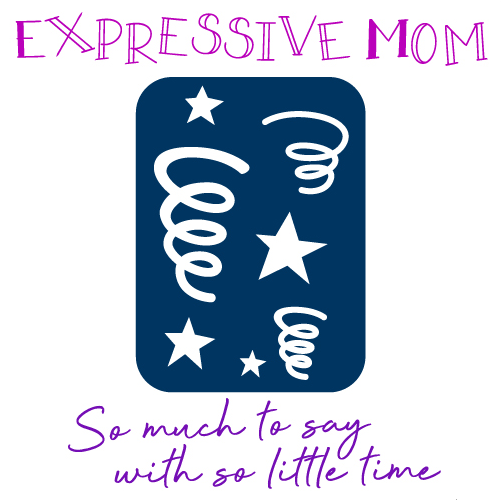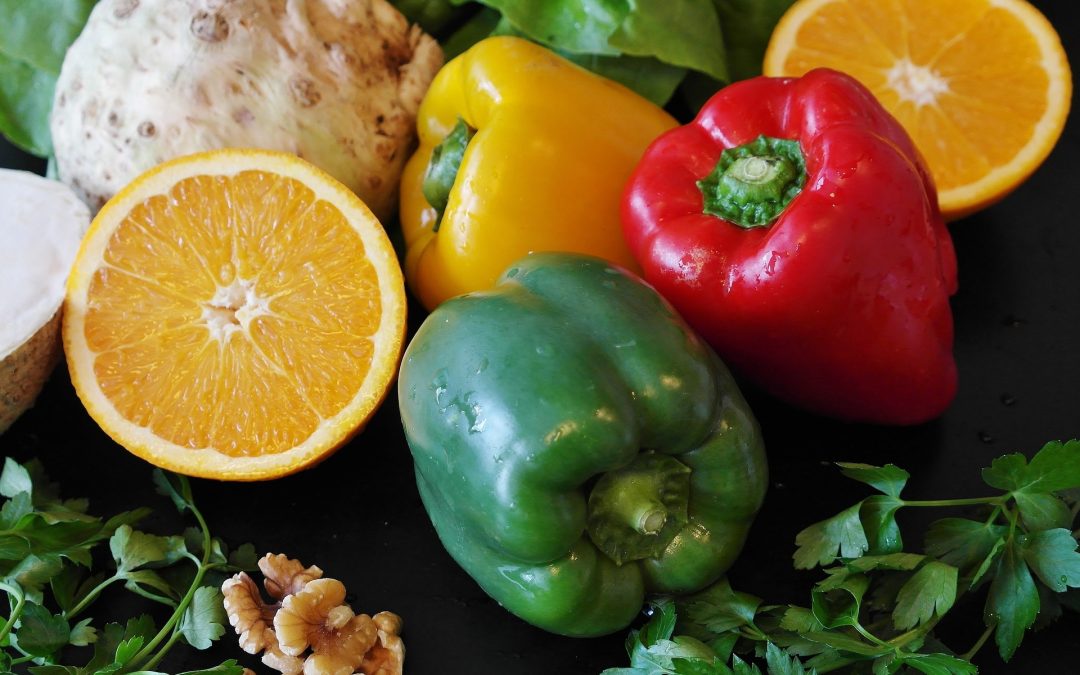Proper Fruit And Veggie Storage
Aesthetic plays a big part in the food we eat. Whether it’s the earthy aroma of fresh herbs, the vibrancy of green spinach leaves, or the crispness of that first bite into an apple, the way food appeals to our various senses makes a difference. As such, it’s important to store food appropriately, especially produce. To help keep your carrots crunchy and berries from turning to mush, here are a few words of advice on properly storing your fruits and vegetables.
Where Items Should Be Stored
One aspect of food storage many people find confusing is determining what goes where. This is especially true for fruits and vegetables that won’t be consumed until later in the week. Below is a handy breakdown of where to store frequently purchased produce to prevent them from breaking down too soon and going bad.
Stored at room temp:
- Bananas
- Basil
- Cucumber
- Eggplant
- Garlic
- Grapefruit
- Green beans
- Lemons
- Limes
- Onions
- Oranges
- Potatoes
- Summer squash
- Sweet potatoes
- Watermelon
- Winter squash
- Zucchini
Ripened at room temp, then moved to the refrigerator:
- Apricots
- Avocados
- Kiwifruit
- Mangoes
- Melons
- Nectarines
- Papayas
- Peaches
- Pears
- Pineapple
- Plums
Stored in the refrigerator:
- Apples
- Asparagus
- Blueberries
- Broccoli
- Brussels sprouts
- Cabbage
- Carrots
- Cauliflower
- Cherries
- Cilantro
- Corn (whole ears in the husk)
- Dark leafy greens
- Grapes
- Leeks
- Lettuce
- Parsley
- Peas
- Pomegranate
- Raspberries
- Strawberries
Get the Right Containers
Containers are great for controlling moisture, sealing in freshness, and protecting sensitive produce from the effects of ethylene gas from other items. However, not all containers are created equal or designed for the same purpose. As such, it’s important to understand which ones will help prolong the life of your produce and which will not make the grade.
For instance, plastic bags work fine in the fridge but are not suited for room-temperature items, which need air circulation. That’s why the bananas, onions, and potatoes you buy in closed bags don’t last as long. To work around this, store them in perforated bags instead.
Containers suited for work inside the fridge should be airtight and roomy with tight-fitting lids. There is a wide selection of specialty containers with features to keep produce looking and tasting its best if you know where to shop.
Storage Tips and Tricks
Start fresh
Preserving produce begins long before it hits your kitchen counter. The first step is selecting the freshest specimens. While at the store, be sure to pick richly colored leafy greens without any yellowing or wilting. When picking out root vegetables, squash, cabbages, onions, and the like, you’ll want ones that seem heavy for their size. You’ll also want to watch for bruising, soft spots, and blemishes on the assorted goods. Of course, if you’re using these items soon, a little defect isn’t hurt anyone.
Let produce breathe
Moisture is generally the enemy of fruits and veggies. Unless we’re talking about storing celery in water, you’ll want to make sure items are moisture-free and have plenty of room for airflow. If space allows, spread out the items in your crisper drawer or fridge shelves to protect them better.
Use crisper drawers correctly
Speaking of crisper drawers, these storage spaces are not just another spot for anything and everything. Many are designed to preserve produce and equipped with a toggle for temperature control or openings for ventilation. You’ll want to keep these vents closed for vegetables and open for fruit. Lastly, keep the vents open if anything stored in the drawer has been cut.
Get the Most Out of Your Groceries
As trips to the grocery store become increasingly costly, it pays to know how to preserve your perishables week after week. Following these container storage strategies and other tips like them can minimize the amount of food and money you waste.
Author bio: Sydney Hamilton currently serves as Senior Director of Digital Marketing with The Container Store. Her team’s mission is to improve lives through the power of organization. With over a decade of experience in retail, travel, and hospitality marketing, she enjoys the constant growth and challenge this industry brings.



Connect With Me !